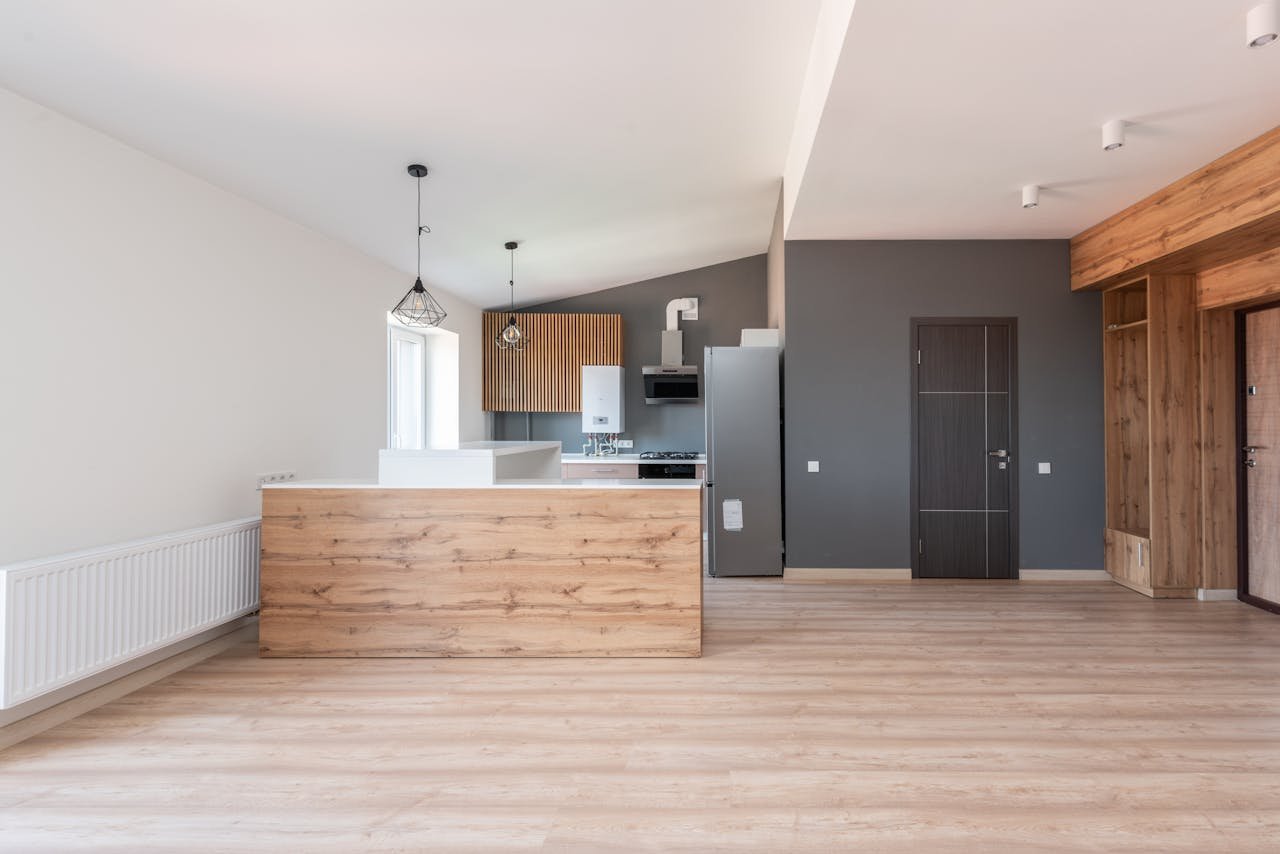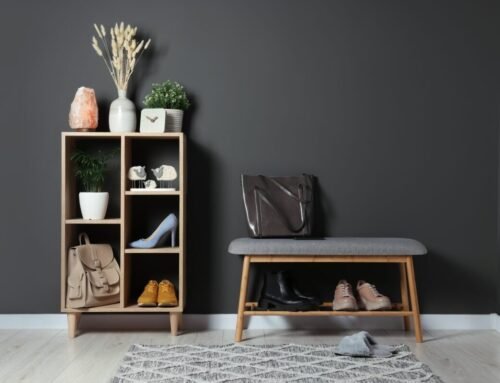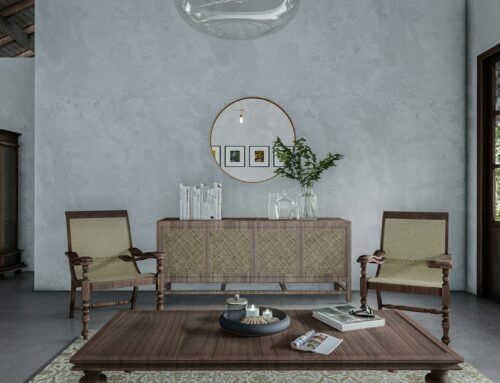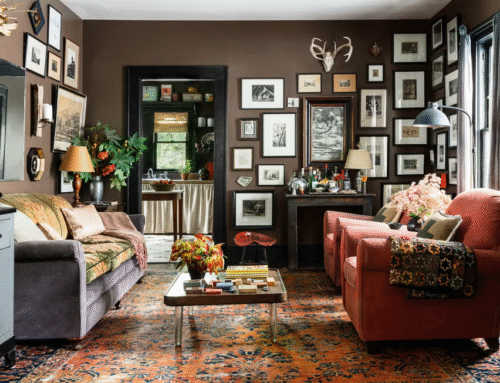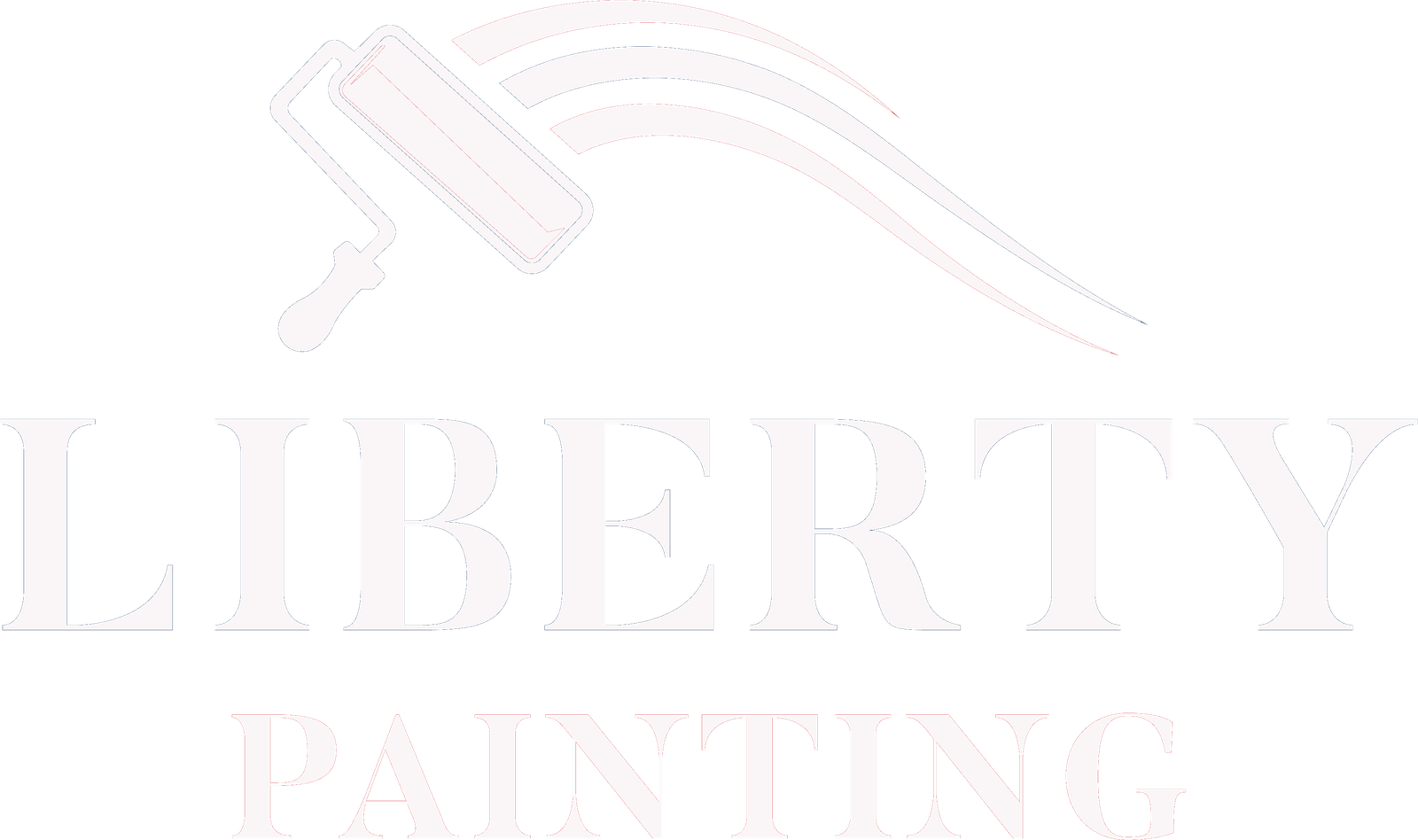An accent wall is a wall that is painted differently from the surrounding walls in a room to produce a point of focus that enhances the overall appearance of the space. It also creates dimension in a room by contrasting walls in a way that allows you to enjoy the atmosphere of the space. Also known as a feature wall, an accent wall essentially highlights a certain part of the room that adds depth and captivation, enhancing its overall mood and visual appeal.
Whether you’re designing a country-style house, a modern loft, or a traditional Texas home in Houston, adhering to the accent wall rules can help you achieve the best results. In this article, we’ll look at some of the most important aspects such as lighting, design, and material selection. We’ll also consider factors like which wall to paint as well as some of the best tips for painting an accent wall.
Choosing the Best Wall
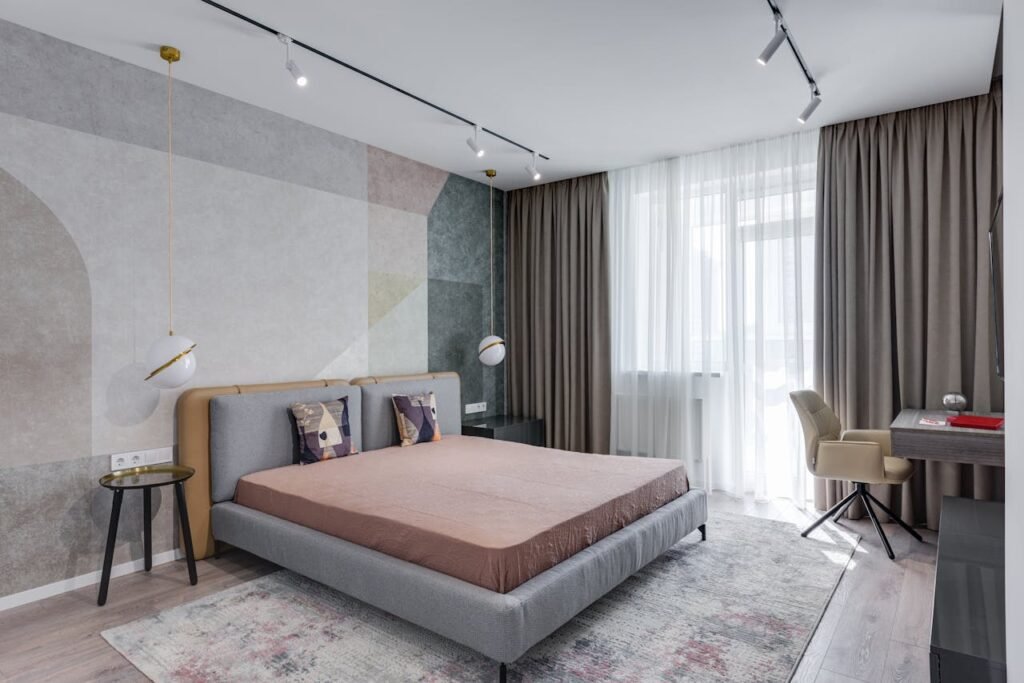
Choosing the best wall to make a statement is a key decision. The most well-suited wall in the room depends on various aspects such as focal point, natural lighting, the size of the room, layout, and your own personal style and preference. We suggest the following rules for interior painting when choosing the best accent wall in a particular room.
-
- The natural focal point: Usually, the wall you see directly opposite the entrance to the room is an excellent choice because it automatically catches the eye. If the wall has a prominent feature like a wall unit, cabinet, fireplace, or light fixtures, it naturally emphasizes the wall, giving it personal style and creating a bold statement.
- Natural lighting: By taking into account how natural light affects the room in your house, you can choose a wall that allows the color to stand out, creating depth and dimension in the room.
- The size of the room: The rules and guidelines for choosing the best accent wall in a room are usually proportional to its size. In other words, larger walls are suitable for big rooms like living rooms and dining rooms while smaller walls are suitable for small rooms like bedrooms and kitchens.
Tips for Painting an Accent Wall
Knowing how to paint a wall that makes a statement can help you achieve the appearance you have in mind. Although adhering precisely to established guidelines isn’t a must, there are some helpful tips you can follow. The following advice can help you enhance the visual appeal of the wall you want to use to make a statement.
Choosing the Right Color
Once you’ve decided which wall to paint as an accent, the next of the accent wall rules is to choose the most suitable color. Start by considering the purpose of the room. If the wall is in your living room, for example, a warm and welcoming color that evokes feelings of comfort like beige, yellow, or orange can create the right ambiance.
If the wall is in a bedroom, calming colors like gray, green, and blue can create feelings of relaxation. You can also test color samples by painting small and larger sections of the wall before committing to a certain color. This will also help you see how a color appears at different times of the day, allowing you to make the right choice.
Preparation Ensures Best Results
The next of the accent wall rules is to clean and prepare the wall. This is one of the most useful tips for painting an accent wall as a well-prepared and primed surface ensures color accuracy. Start by wiping the wall to remove dirt and dust so the paint adheres properly to the wall. If any areas are peeling, use a scraper to remove the old paint and create a smooth surface to apply the new paint. Give the wall enough time to dry completely before applying the new paint to help prevent bubbling or peeling.
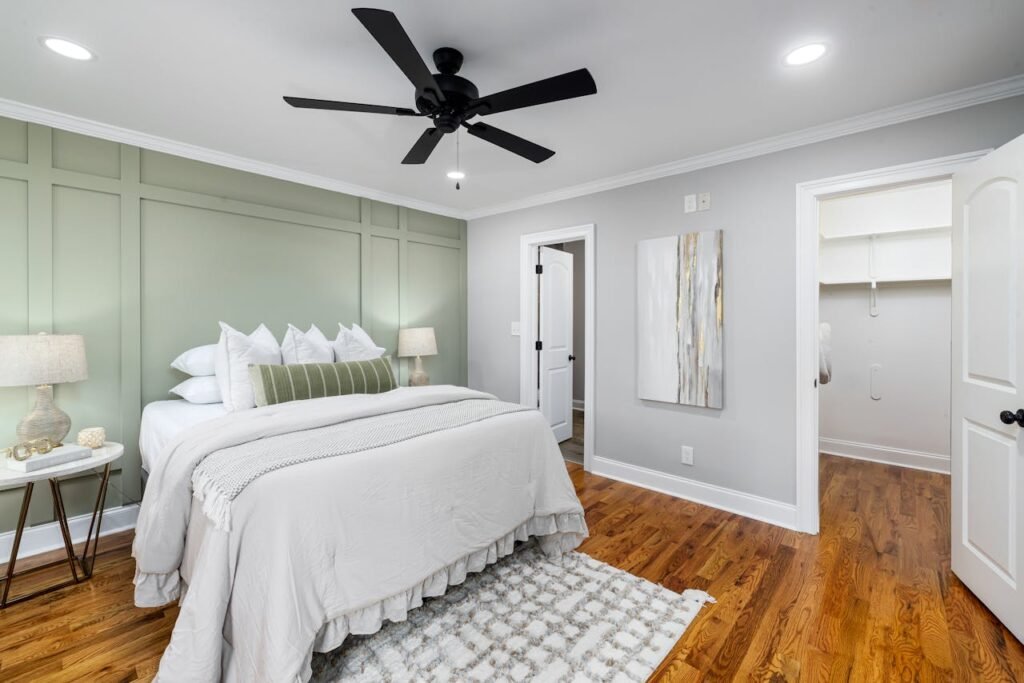
Invest in High-Quality Paint
Using high-quality, durable paint for your accent wall is the next of our important rules. A high-quality paint like latex or acrylic not only ensures that your feature wall will create an impressive look but will also ensure a long-lasting finish. A premium paint also provides several additional benefits including color accuracy, washability, and coverage. This means fewer coats will be required to attain the right hue, allowing you to save costs in the long term.
Use Primer and Apply Two Coats
When you’re completely sure which wall you want to paint as an accent, it’s time to apply the paint. If the wall you’re painting is dark, stained, or damaged in any way, the established rules for accent walls generally recommend using a primer. In fact, one of the best tips for painting an accent wall is to use a primer. It provides a preparatory coating that seals porous surfaces like a new drywall and allows the paint to stick properly to the surface. It also ensures the color of the new paint appears as expected, instead of being affected by an underlying shade.
It’s important to note that although water-based primers may only need one or two hours to dry, oil-based primers can take up to 24 hours. Once the primer has dried, apply at least two coats of paint and ensure each coat dries before the next is applied. This is one of the essential rules for painting accent walls. If you follow these guidelines, you’ll enjoy better coverage, durability, and depth of color in your feature wall.
Get Help from the Experts
A feature wall can enhance the dimension of a room and create boldness in the space, but having a starting point and knowing exactly how to complete the project can be a challenge. At Liberty Painting, we have the right combination of knowledge and expertise to achieve the best results. We know the right tips for painting an accent wall and our customer reviews can confirm that. Book online today and we’ll follow the best accent wall rules for your project.
*We were featured on the ApartmentGuide blog! Check out the recent article we were quoted in: Wall Decor: 25 Unique Ideas You Haven’t Thought of Yet.

